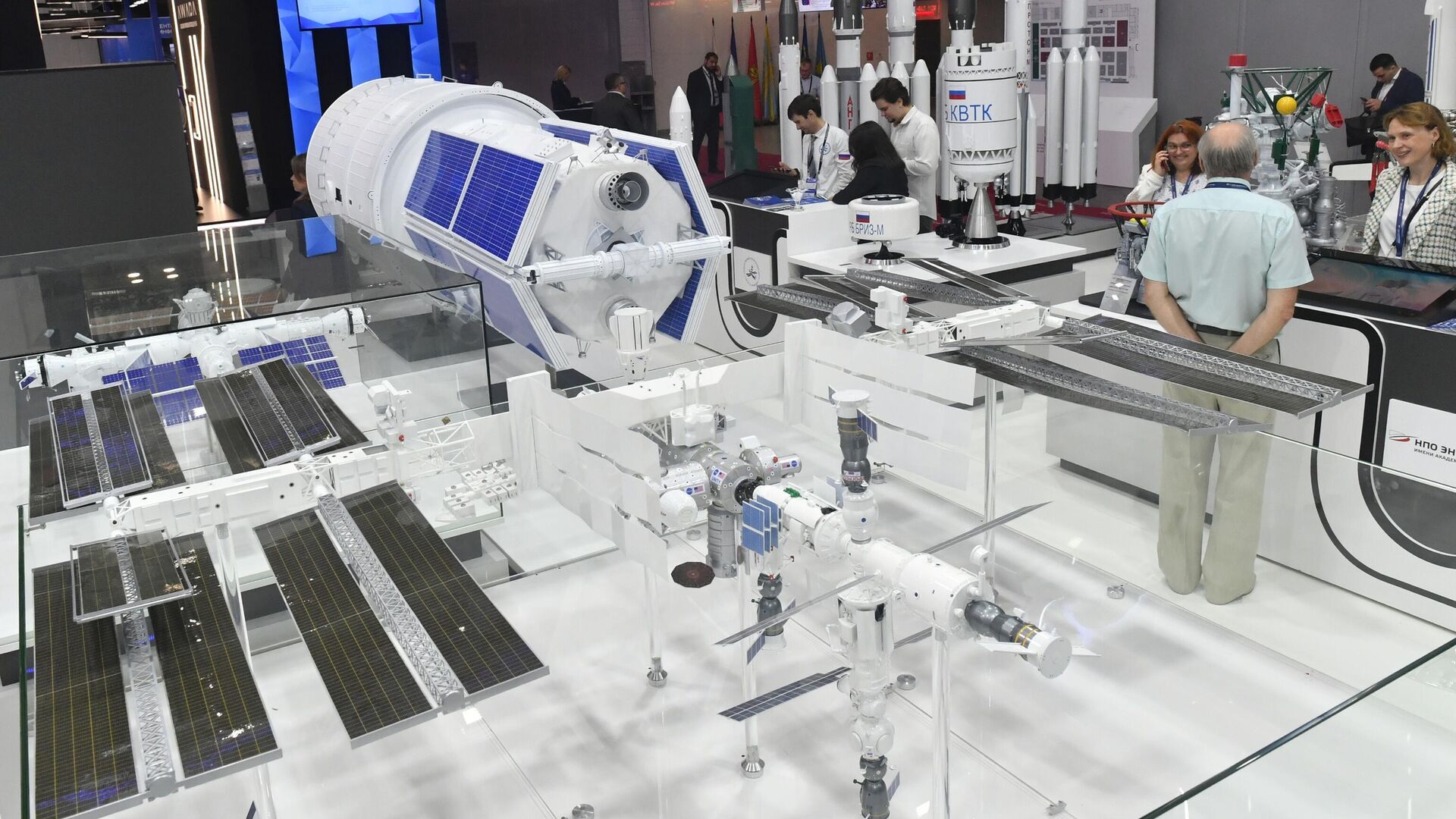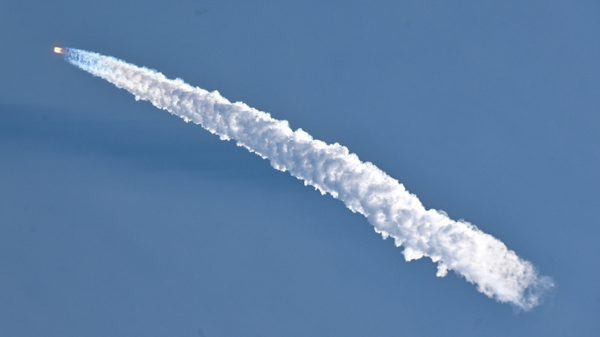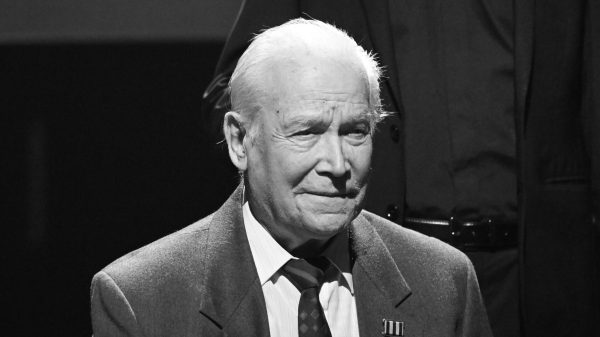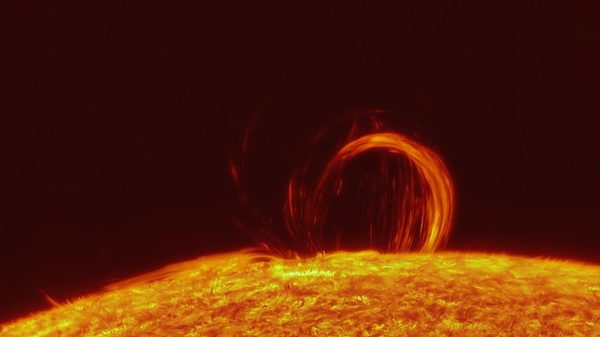
MOSCOW, December 26The new central module — the “core” of the future Russian Orbital Station (ROS), if replacement is necessary, will be docked to one of the modules, and after all segments are reinstalled, the old “core” will be removed from orbit and flooded, the press service of the Rocket and Space Corporation reported (RKK) «Energy».
““To replace the “core” of the station, it will first be necessary to build a new “core” on one of the modules. Then the old “core” will be undocked from the ROS, deorbited and sunk in a given area of the Pacific Ocean,” the interlocutor said agencies.
He noted that the cosmonauts will be at the station, and then they will be tasked with integrating new modules on the new “core.”
The operation to replace the «core», according to a representative of the corporation, will be similar to the operation of separating and flooding the Docking Compartment module (Pier module) from the International Space Station, which was carried out in July 2021 to free space for the Science module.
Earlier, RSC Energia said that the “core” will be made simple and with a minimum of service systems, as well as as maintainable as possible, so that its service life is longer than that of other modules. It is assumed that the station will serve in orbit for 50 years, during which time it can be replaced by three generations of different modules, which will be docked to the “core”, and, if necessary, undocked to put new ones into operation.
As Roscosmos General Director Yuri Borisov reported, Russian President Vladimir Putin approved the creation of ROS, and active work on it will begin in 2024. The head of the state corporation estimated its cost at 609 billion rubles, 150 of which will be needed in 2024-2026. The launch of the first module of the station is planned in 2027, the rest — within another five years. The station, as conceived by the developers, will allow testing key technologies necessary for flight to other planets, primarily to Mars.


























































Свежие комментарии